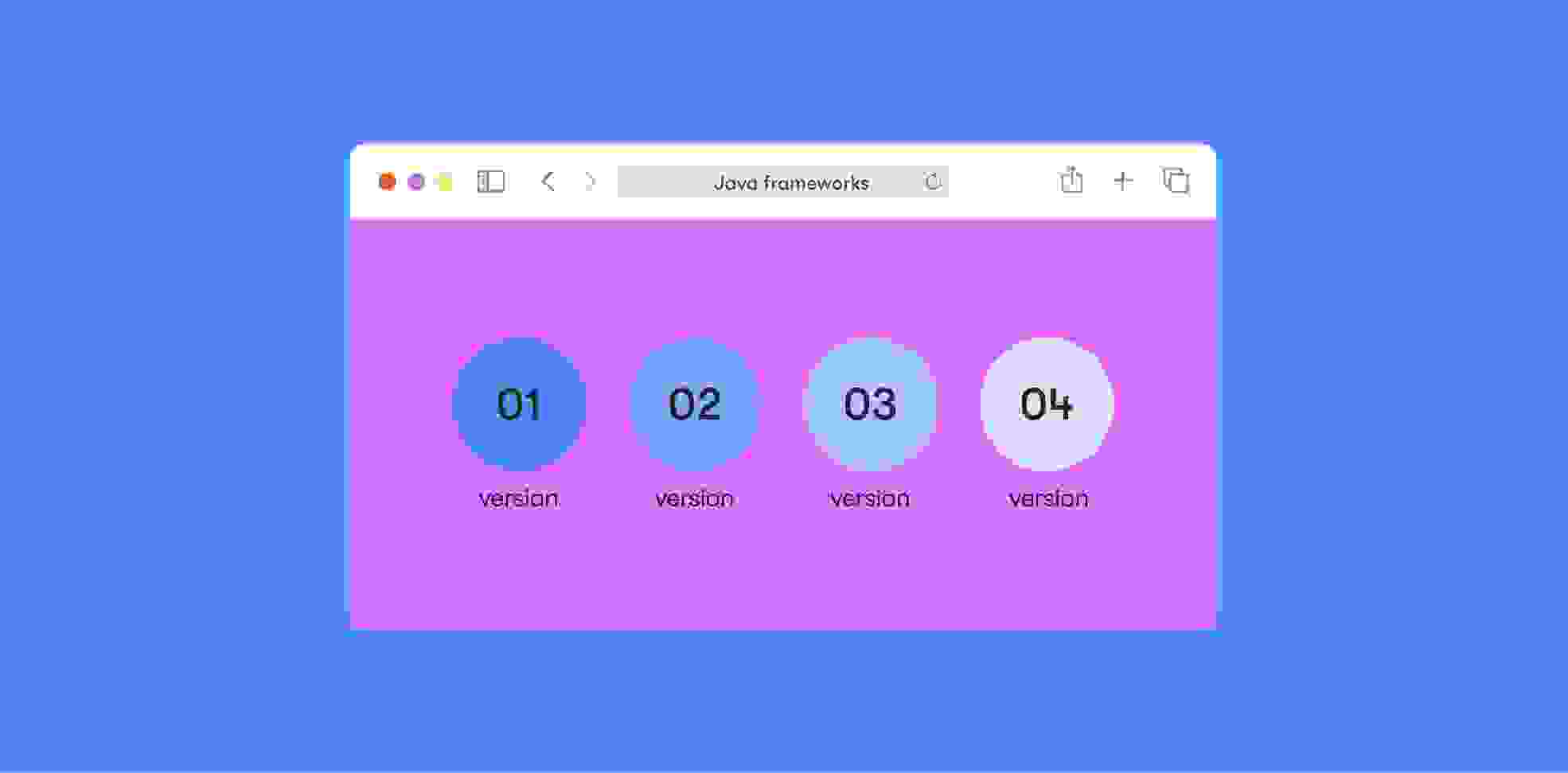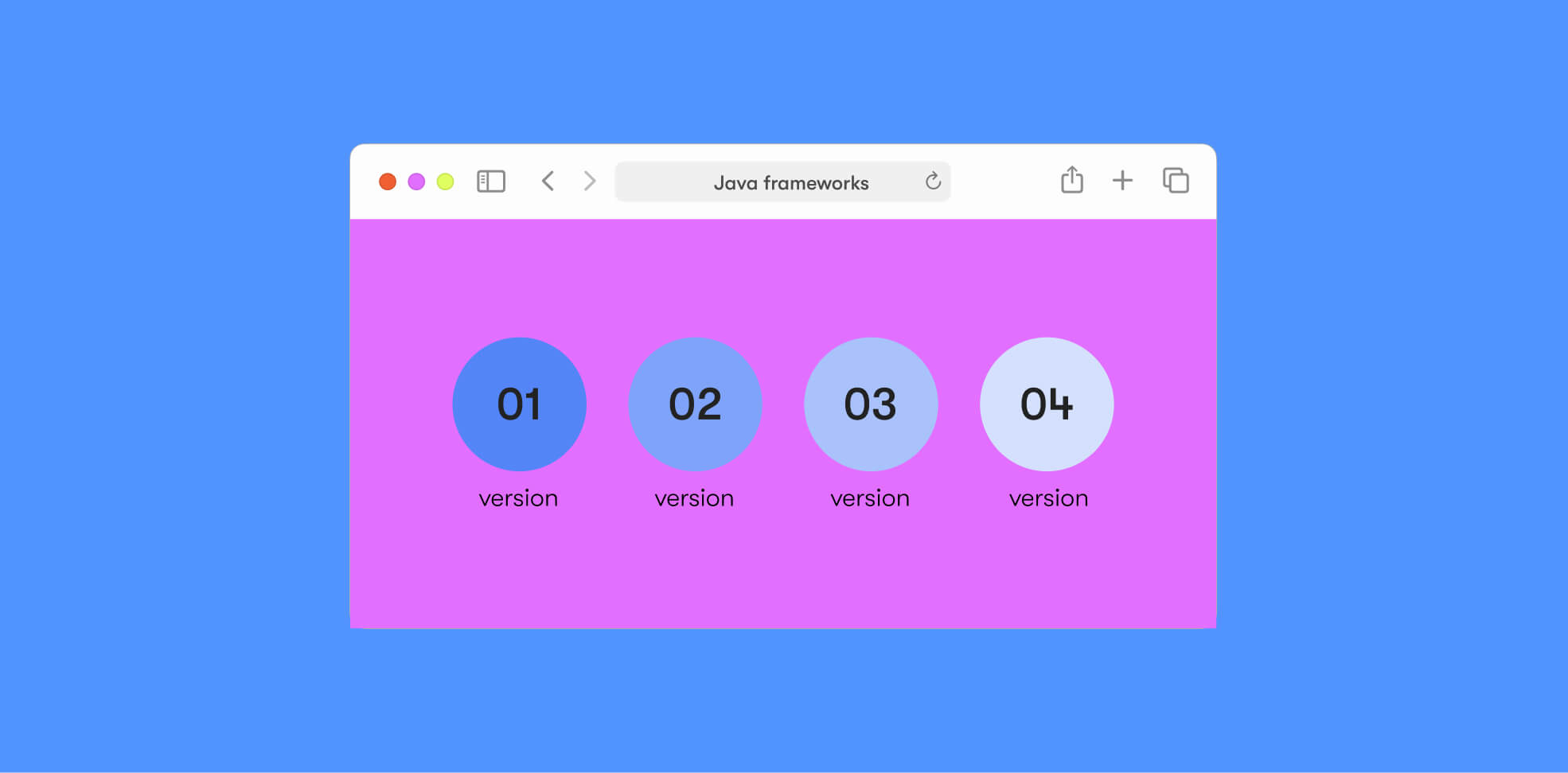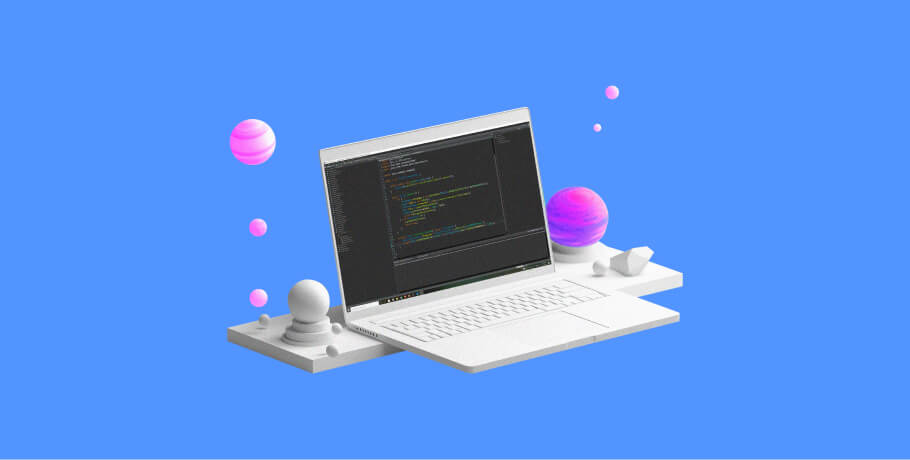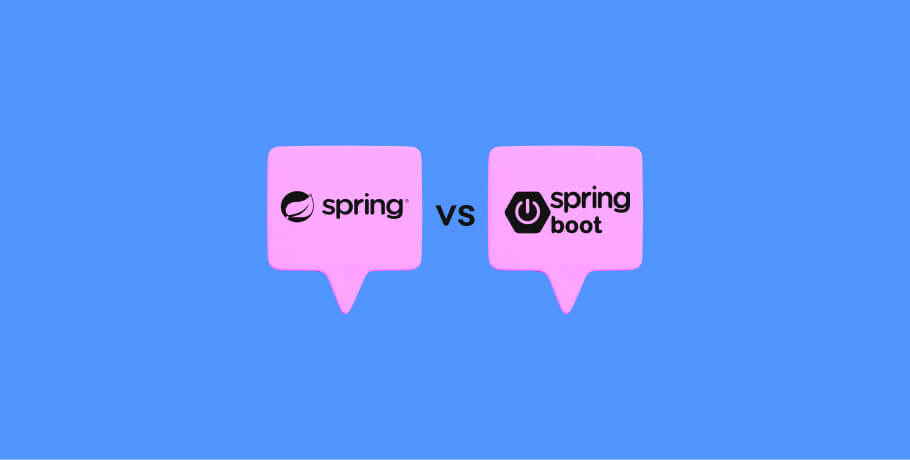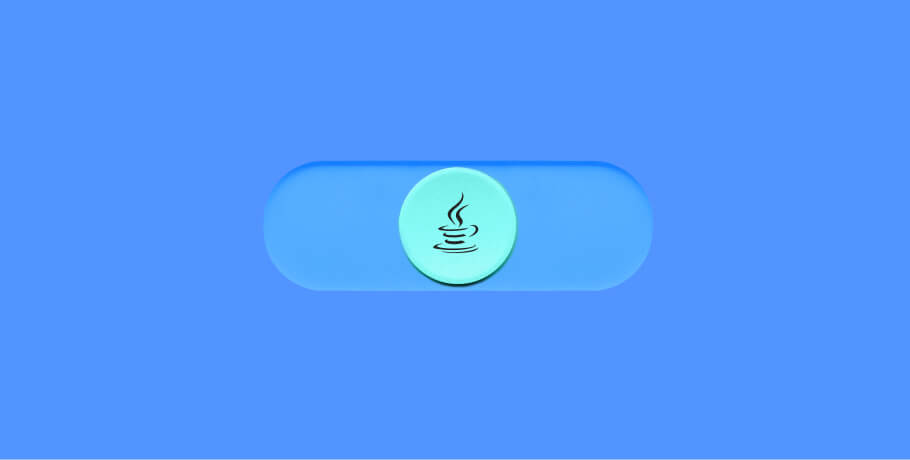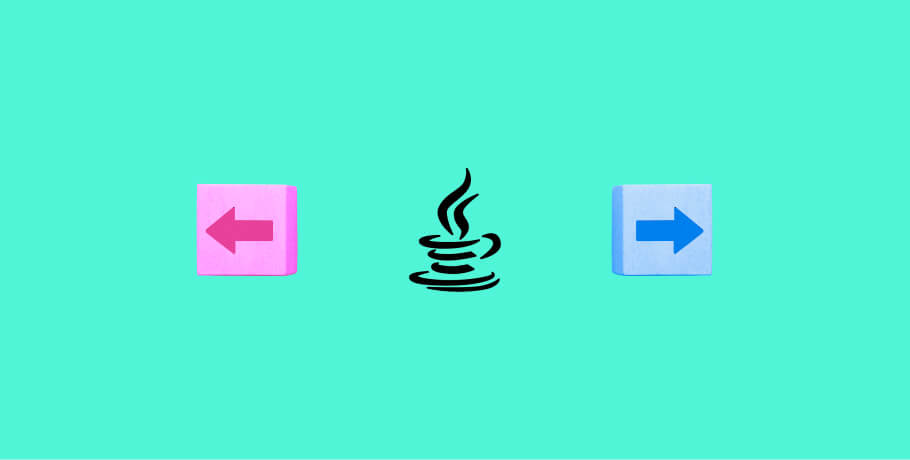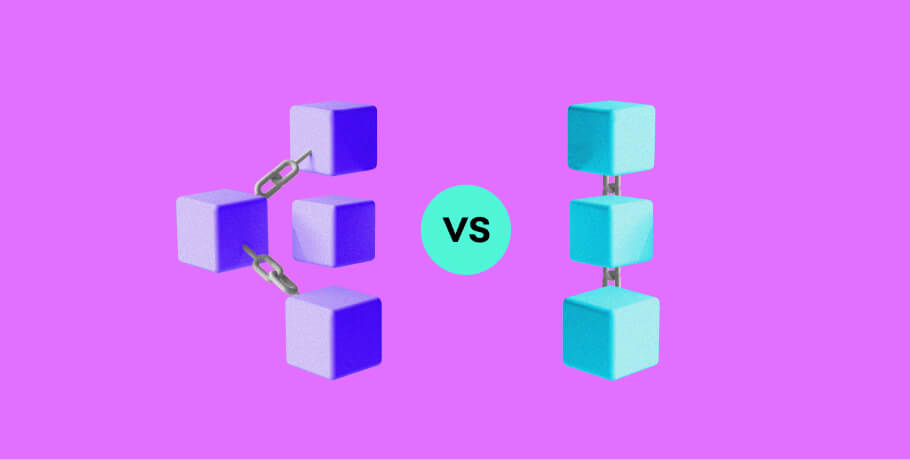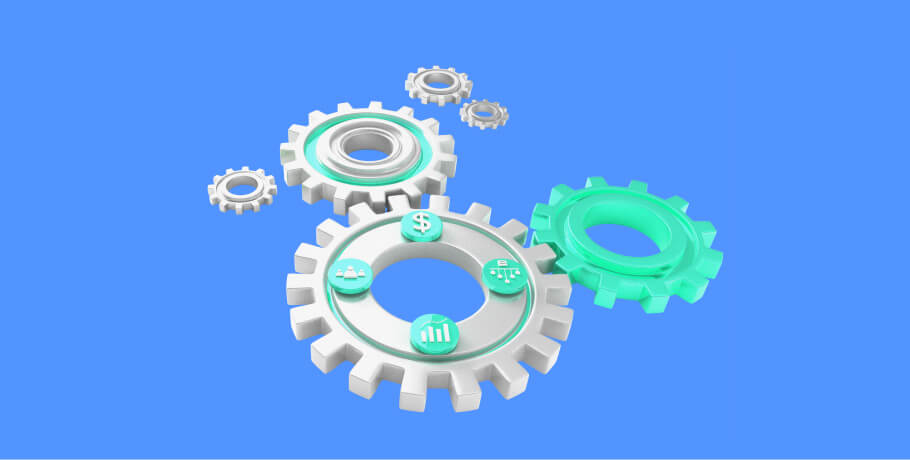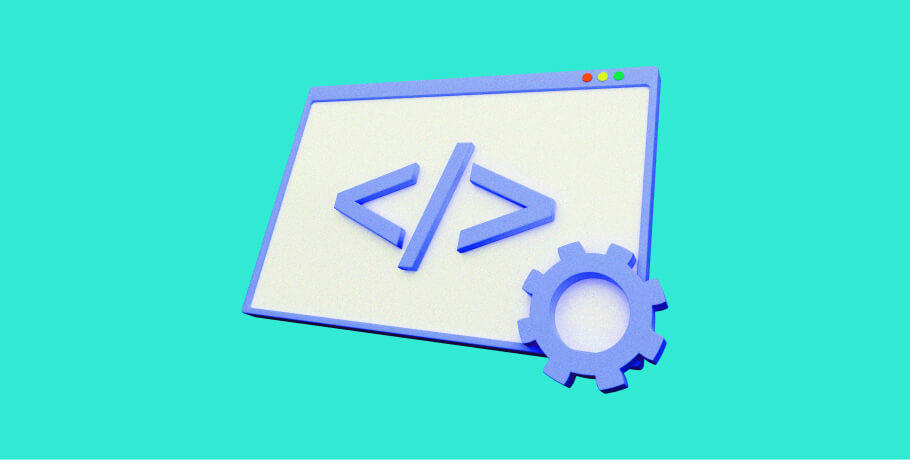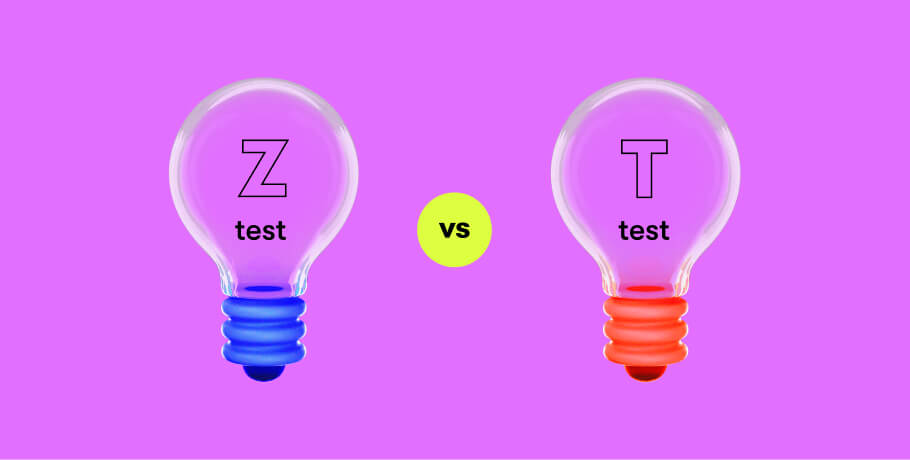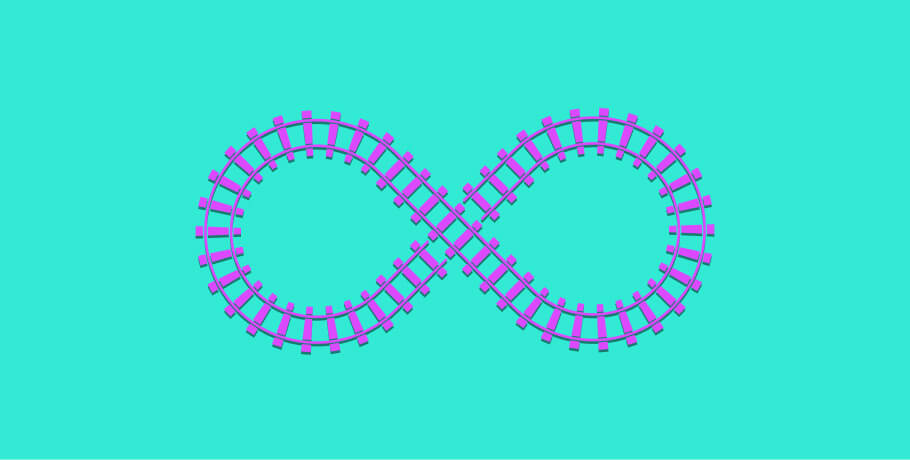Microservices are a service-oriented architecture often used by Java developers to develop complex applications with multi-functionality. The approach allows developers to create software by adding sets of small services rather than creating a whole unit.
Choosing the right frameworks is the key to building successful projects. You’ll find out the best Java frameworks for microservices, their features, comparisons, and migration tips.
Spring Boot
Spring Boot is an open-source and easy-to-go Java framework for microservices. The solution is popular for its massive amount of functionality, helping engineers develop both small and large-scale projects. Some of the powerful features included are built-in auto-configuration, starter dependency, and robust security options.
Features
Let’s check out Spring Boot’s features in detail:
- Simple data management — easily integrated with MongoDB, JDBC, and JPA;
- Fault tolerance options — simple integration of Resilience4J to handle system failure;
- Distributed messaging — following the publish-subscribe model;
- Robust security — supports OAuth2, gateway patterns, session management, etc.;
- Various capabilities — used to build reactive apps, SOAP-based software, asynchronous services, and others.
Due to this functionality, Spring Boot is considered to be the most popular Java framework for developing microservices. Many companies like Udemy and Trivago already leverage the benefits of using this technology.
Oracle Helidon
Oracle Helidon is a set of microservices frameworks in Java that was recently released in two versions: MP and SE. While both still lack documentation due to their novelty, they are already seen as a good choice for many projects.
Helidon MP is most suitable for Java EE developers because this version is based on the MicroProfile specification. Helidon SE comes as a toolkit of the newest features from Java SE, like functional and asynchronous programming, GraalVM native images, and reactive streams.
Features
Let’s check out Oracle Helidon’s features in detail:
- Supports cloud-native tools — Kubernetes, OpenTracing, and Docker;
- Supports gRPC — connecting services within and across various data centers;
- Tracing capabilities — uses OpenTracing APIs and is integrated with WebServer;
- Security options — different authorization and authentication methods.
Additionally, it’s worth mentioning that Helidon simplifies the DevOps process and addresses the 12-factor app principles. While the tool is new and there might be some difficulties finding solutions on StackOverflow, the community is constantly growing, meaning you’ll definitely get help if needed.
AxonIQ
AxonIQ is a responsive and scalable framework that can seamlessly evolve a monolith-type app into an event-driven microservices solution. The solution simultaneously provides a programming model and required infrastructure, making it great when you plan to scale.
This microservices Java framework also positions itself as a reliable solution to developing mission-critical enterprise-level software, providing effective handling and storage of events. If you’re looking forward to developing a single source of truth for your system, AxonIQ would be the most effective choice.
Features
Let’s check out AxonIQ’s features in detail:
- Tiered storage — increases efficiency and reduces costs;
- Disaster recovery — manual and assisted possibilities;
- Append-only — records all system changes in their perspective contexts;
- Security options — encryption, erasure, data protection, etc.
Additionally, AxonIQ is developed based on leading principles like DDD (Domain-Driven Design) and CQRS (Command Query Responsibility Segregation). You can check out the framework’s technical highlights on its official website.
DropWizard
DropWizard is a robust framework for microservices in Java that is mostly used for developing RESTful web services. It includes well-known libraries like Jersey to build fast, lightweight, and high-performance software.
The most prominent part of DropWizard is that it supports many operational tasks like configuration or monitoring. Its website includes extensive documentation with user guides that explain how the service works and resolves common issues.
Features
Let’s check out DropWizard’s features in detail:
- Fast bootstrap — adding one dependency is all you need to bootstrap a project;
- Detailed metrics — the framework supports request & response time, load time, etc.;
- High productivity — DropWizard apps have only one main app that launches the jetty container;
- Many integrations — supports Wavefront, Netuitive, Armeria, and others.
DropWizard is one of Java's best microservices frameworks, and it is great for starting a project quickly, monitoring it, and scaling depending on your product needs. It is a decent option for your Java product.
Quarkus
Quarkus is a Kubernetes Native Java framework that is specifically developed for GraalVM and OpenJDK HotSpot. The solution uses multiple top-notch Java libraries, following industry-leading standards.
The solution aims to develop a framework that would be a leader in both the Kubernetes system and serverless environments. Simultaneously, it provides software engineers with an imperative and reactive programming model, allowing them to cover a wider range of architectures.
Features
Let’s check out Quarkus’s features in detail:
- Container first — fast boot time, low RSS memory, and robust scalability;
- Imperative and reactive — unifies both programming styles;
- Kube-Native — perfect for creating fast and lightweight software with Kubernetes;
- Development simplicity — zero config, unified configuration, and flexible code.
Large-scale companies like Lufthansa Technik and Banco do Brasil utilize Quarkus to reduce costs and increase performance. This framework for creating Java microservices is a top pick for Kubernetes lovers.
Java microservices frameworks comparison
While comparing various frameworks is challenging due to their complexity and different features, we have prepared an overview of the key takeaways for each option.
Spring Boot | Oracle Helidon | AxonIQ | DropWizard | Quarkus |
Simple data management | Cloud-native tools | Tiered storage | Fast bootstrap | Container first |
Fault tolerance options | Supports gRPC | Disaster recovery | Detailed metrics | Imperative & reactive programming |
Distributed messaging | Tracing capabilities | Append-only | High productivity | Kube-Native |
Various capabilities | Robust security | Robust security | Multiple integrations | Simple development |
want to work with the latest tech?
Join EPAM Anywhere to revolutionize your project and get the recognition you deserve.
How to choose a Java microservices framework to build an effective microservices architecture
Choosing the right microservices framework in Java is challenging due to the many factors needed to be considered. The universal task is to build a reliable solution with top-notch performance. That’s why you must stick to the following 7 principles for choosing your technology.
1. Development simplicity
Generally, all frameworks simplify the development of any product. However, some of them are more challenging than others. Your task is to determine which option would lead to increased developer productivity and maximum project outcome.
2. Architectural support
Many frameworks support a variety of architectural patterns. In the case of microservices, the solutions bring in multiple modules and elements that have built-in design patterns. This leads to a simplified development process, requiring less effort to create a powerful product.
3. Automation support
Some frameworks support automated deployment, integration, testing, and other activities. The more actions are automated, the better the workflow. That’s why you must pay attention to this feature.
4. Frameworks and languages options
Frameworks can include compilers, support programs, code libraries, and anything else that is required to develop a fully-fledged application. The richer your framework is, the better. This will let you create nearly any required feature without worrying about searching for third-party integrations.
5. Continuous integration
As software engineers add changes to the code daily, new elements must be verified through an automated build and test framework. This saves a lot of time, letting your team focus on the challenges that matter most. Automating routine tasks is a must.
6. Supportive community
While many popular microservices frameworks have extensive communities that help each other solve various issues, some tools may not be so well-known. Working with technologies that don’t have a strong community might drag the development process because there would be no possibility of finding help. Your developers would have to solve everything by themselves. That’s why a robust community is vital.
7. Learning speed
Getting acquainted with a new framework requires studying the official documentation, best practices, tutorials, and frequent issues. Relatively new or unpopular solutions would require far more time to be mastered because they often lack the elements mentioned earlier. This affects the development time and team productivity.
How to migrate from a monolith Java framework to microservices
When you move your software from monolith to microservices, you’ll leverage multiple benefits, such as enhanced team collaboration, improved business processes, optimized resources, and simplified app management. However, to get these advantages, you must first follow these recommendations.
Use one language
Assuming your software is already written on Java, it is best if you keep your microservices in the same way. This promotes code reusability, allowing your teams to save a lot of time while migrating the solution. There are many microservices frameworks for nearly all programming languages, so you’ll have what to choose from.
Use design patterns
Design patterns such as the Strangler Pattern and Anti-Corruption Layer Pattern were specifically developed to optimize your migration to microservices. These two options are frequently combined together, as they are time-tested solutions.
In a nutshell, the Strangler Pattern means that microservices are continuously built around the monolith application until they cover all functionality. Then the original app may be considered to be terminated. This process is also called “strangling the monolith”.
The Anti-Corruption Layer Pattern is the usage of a medium between two systems. In our case, this would be a layer between the monolith software and microservices. The pattern translates the communications between both systems, avoiding errors and letting both options work.

Combining these two patterns, you will ensure the migration process becomes seamless and doesn’t crash down your original application. You’ll move to microservices step by step, constantly shifting toward the new architectural pattern. This is a frequent business case for companies to hire Java developers to do the job.
Conclusion
We have reviewed an extensive Java microservices framework list, providing the best tools in the industry for you to choose from. Most of them come with powerful security options, simple usage, and high productivity levels. This makes all options, from Spring Boot to Quarkus, a decent choice.
Microservices are far more effective than a monolithic architecture, as they simplify software management and let your product scale. However, ensure you migrate to the right microservices framework by following the 7 principles mentioned above.
FAQ
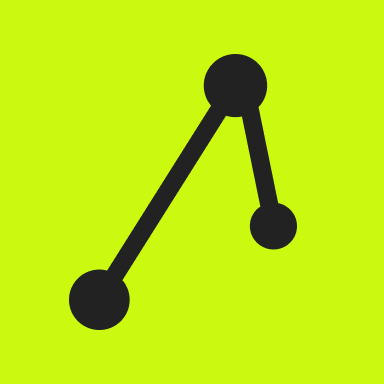
The EPAM Anywhere Editorial Team is an international collective of senior software engineers, managers and communications professionals who create, review and share their insights on technology, career, remote work, and the daily life here at Anywhere.
The EPAM Anywhere Editorial Team is an international collective of senior software engineers, managers and communications professionals who create, review and share their insights on technology, career, remote work, and the daily life here at Anywhere.
Explore our Editorial Policy to learn more about our standards for content creation.
read more